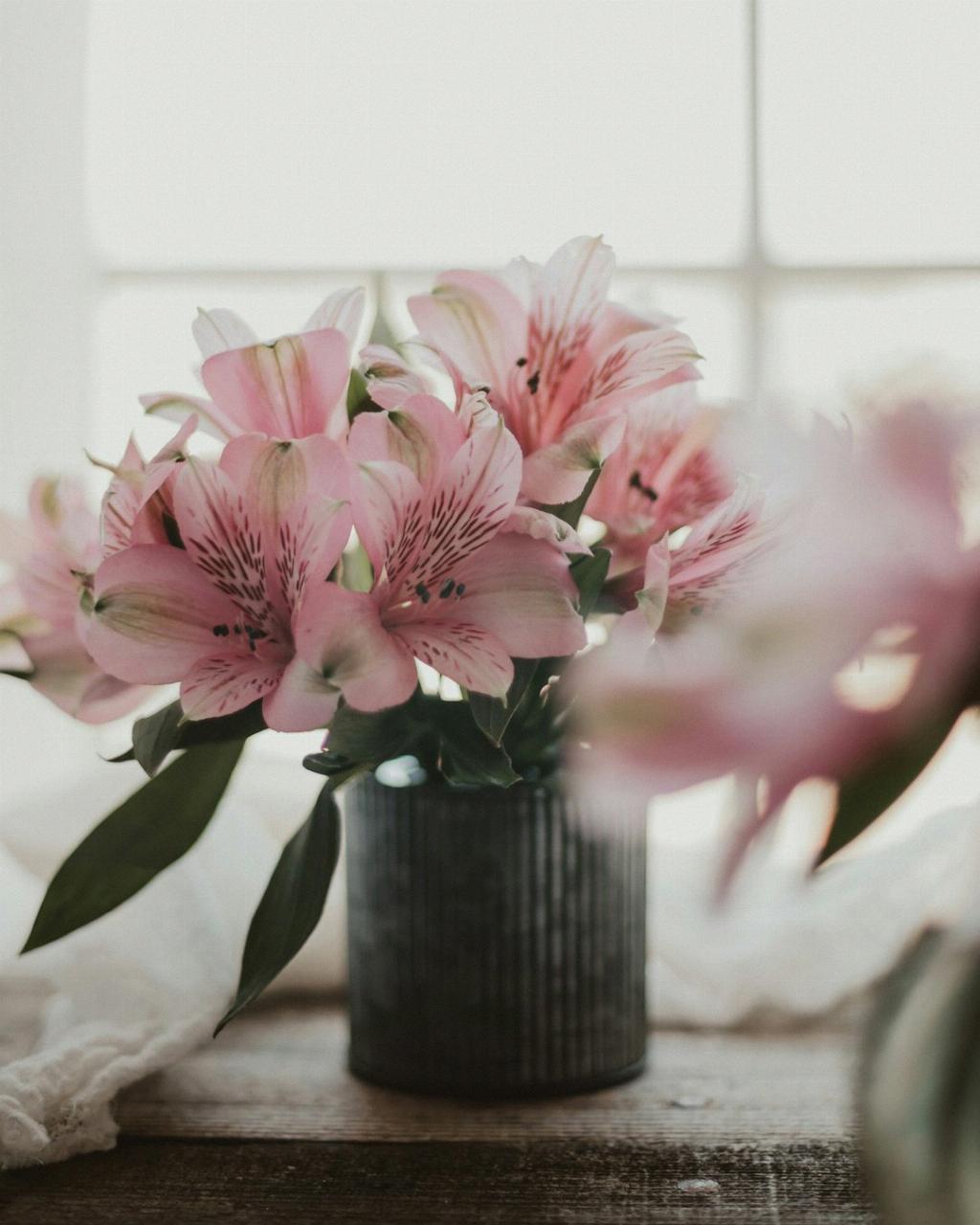Peace lilies are stunning indoor plants known for their lush green foliage and beautiful white flowers. Proper care is essential to keep your peace lily thriving and healthy. Here are some top tips to help you care for your peace lily:
1. Watering
Peace lilies need to be lightly watered when the top inch of soil feels dry. Overwatering can lead to root rot, so it’s crucial to let the soil dry out slightly between waterings. Make sure not to let the plant sit in water, as this can also cause issues.
2. Light Conditions
While peace lilies can tolerate different light levels, they prefer indirect light. Avoid placing them in direct sunlight as this can scorch their leaves. Find a spot in your home with bright, indirect light for optimal growth.
3. Temperature
Peace lilies thrive in average room temperatures, so if you’re comfortable, they likely are too. Keep them away from drafty windows or doors, as sudden temperature changes can stress the plant.
4. Humidity
These plants enjoy higher humidity levels, making them ideal for light, steamy bathrooms or kitchens. Misting the leaves occasionally or placing a humidifier nearby can help create the perfect environment for your peace lily.
5. Potting and Soil
Repot your peace lily in spring using well-draining houseplant compost. A slightly larger pot can provide room for growth, but avoid going too large as this can lead to waterlogging. Ensure the pot has drainage holes to prevent water buildup.
6. Fertilizing
During the growing season (spring and summer), you can fertilize your peace lily with a balanced houseplant fertilizer once a month. Avoid overfertilizing, as this can harm the plant. In fall and winter, you can reduce or stop fertilizing altogether.
7. Pruning
Regular pruning can help keep your peace lily looking its best. Trim yellow or brown leaves as needed to promote new growth. Remove spent flowers to encourage more blooms and prevent seed formation.
8. Pest Control
Keep an eye out for common houseplant pests like spider mites or aphids. If you notice any signs of infestation, gently wipe the leaves with a damp cloth or use insecticidal soap to get rid of the pests. Quarantine the affected plant if necessary.
9. Troubleshooting Common Issues
If your peace lily’s leaves start turning yellow or brown, it may be a sign of overwatering, underwatering, or exposure to direct sunlight. Adjust your care routine accordingly to address the issue and prevent further damage.
10. Propagation
If you want to propagate your peace lily, you can do so by dividing the plant during repotting. Make sure each division has roots and leaves to increase the chances of successful growth. Water the newly divided plants and monitor their progress.
11. Seasonal Care
During the winter months, reduce watering frequency as the plant’s growth slows down. Keep the peace lily away from drafts and cold temperatures. In spring, resume regular care routines and consider repotting if needed.

12. Benefits of Having a Peace Lily
Besides their aesthetic appeal, peace lilies are known for their air-purifying qualities. They can help remove toxins from indoor air, making them a popular choice for homes and offices. Enjoy the beauty and health benefits of having a peace lily in your space!
